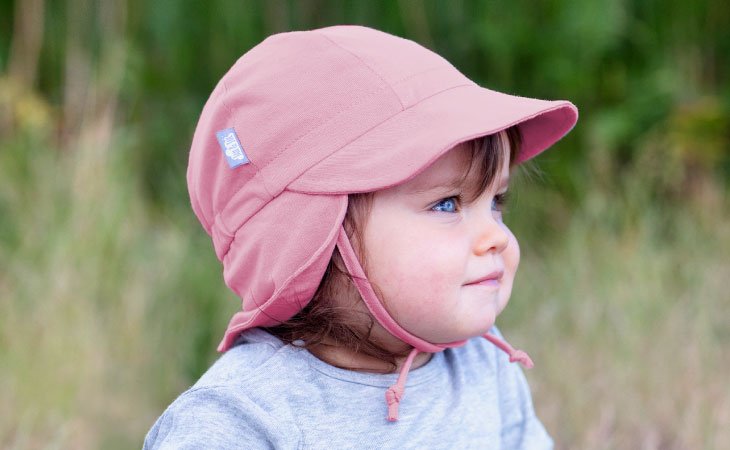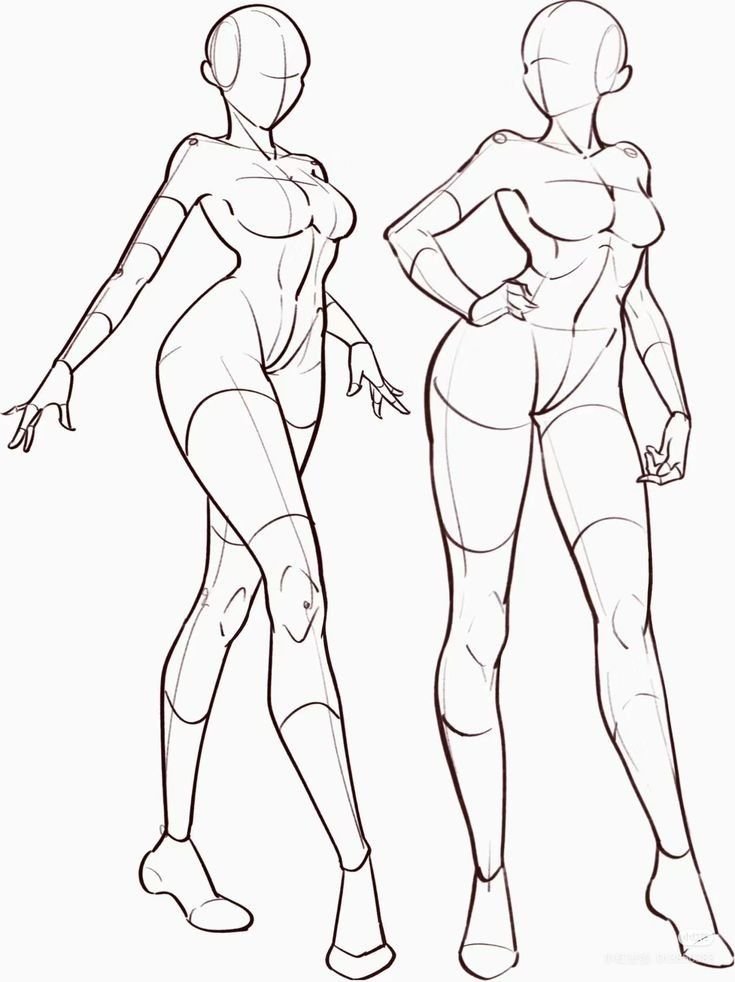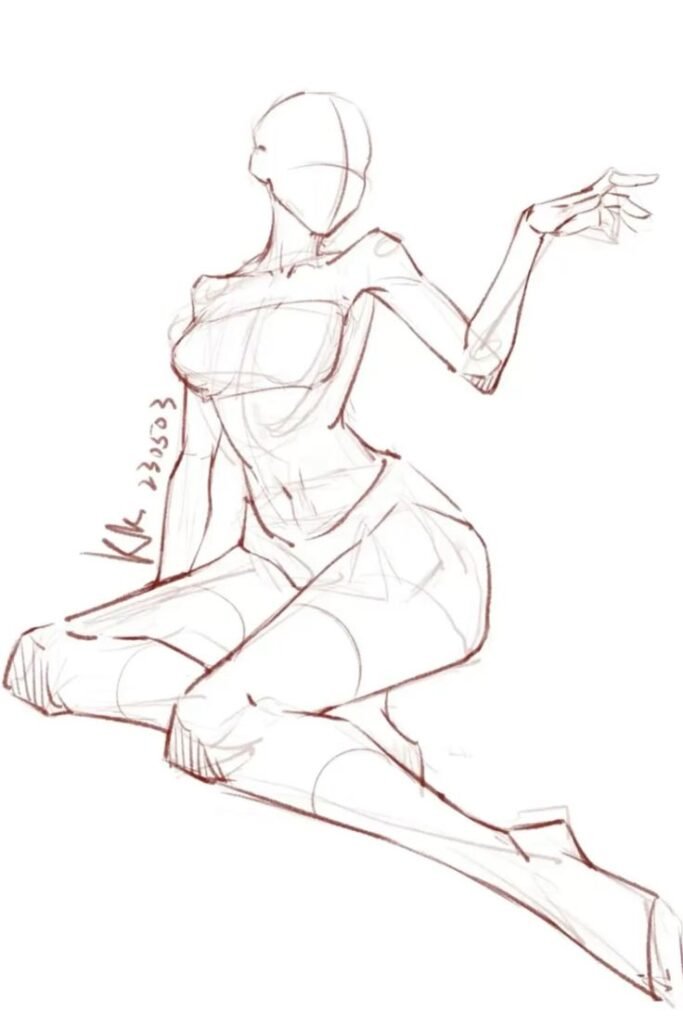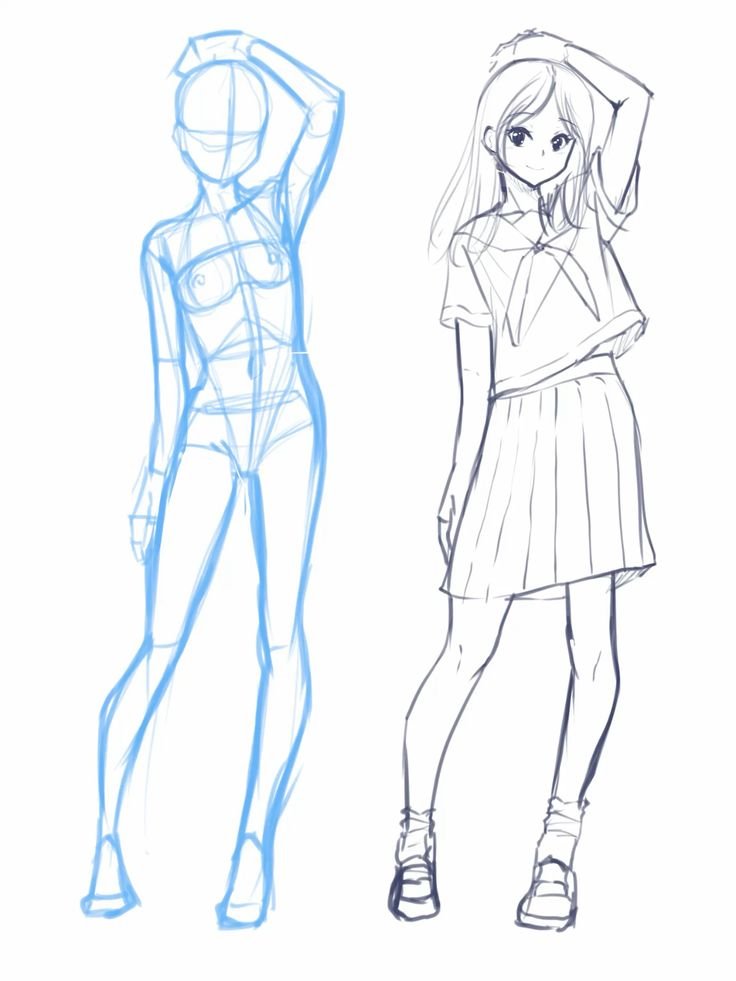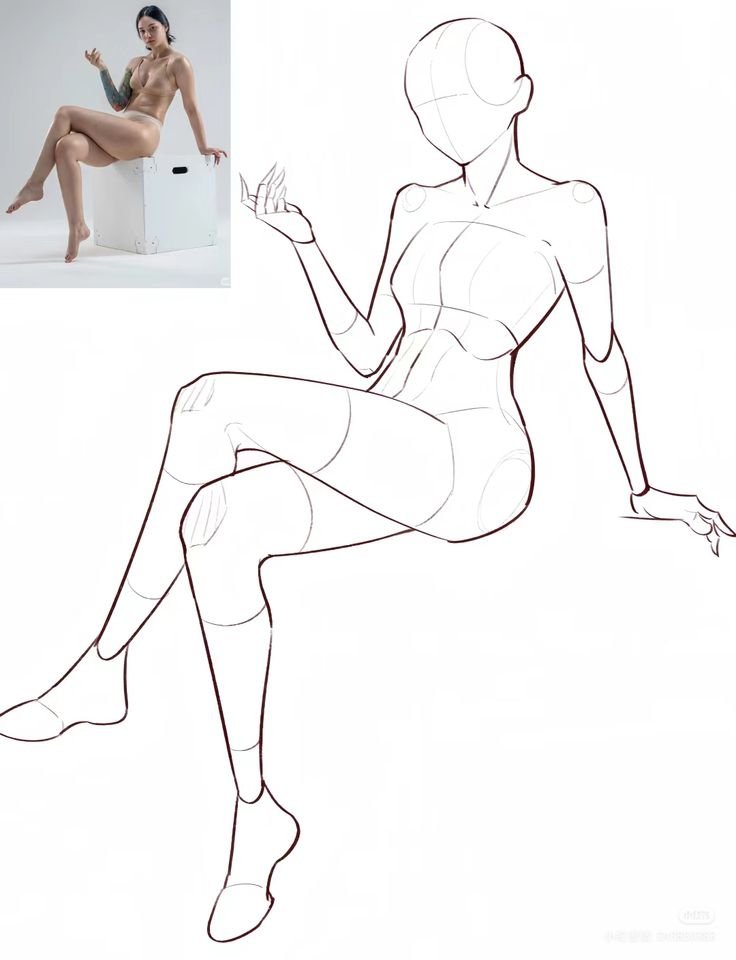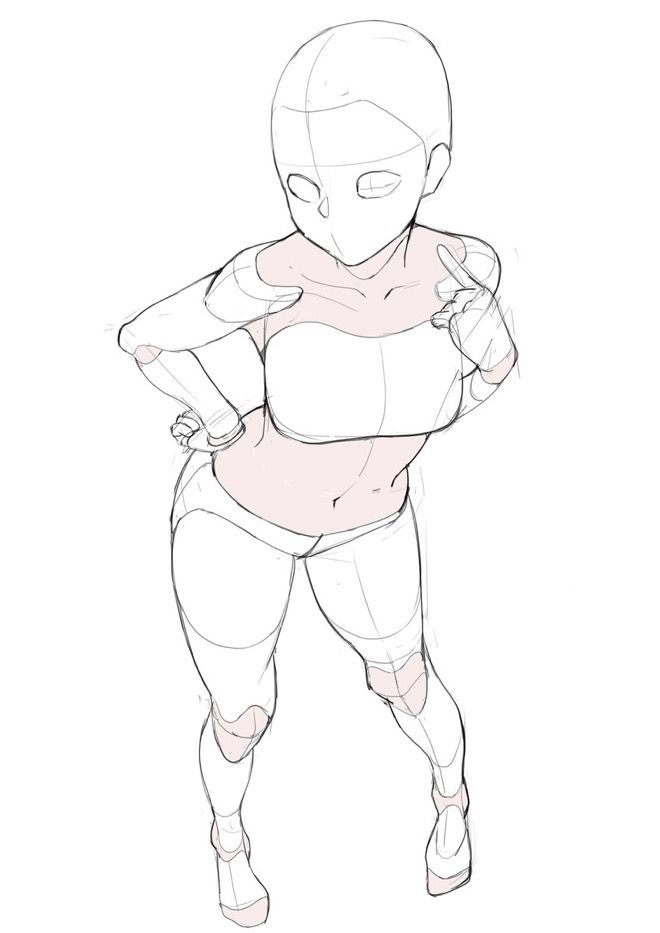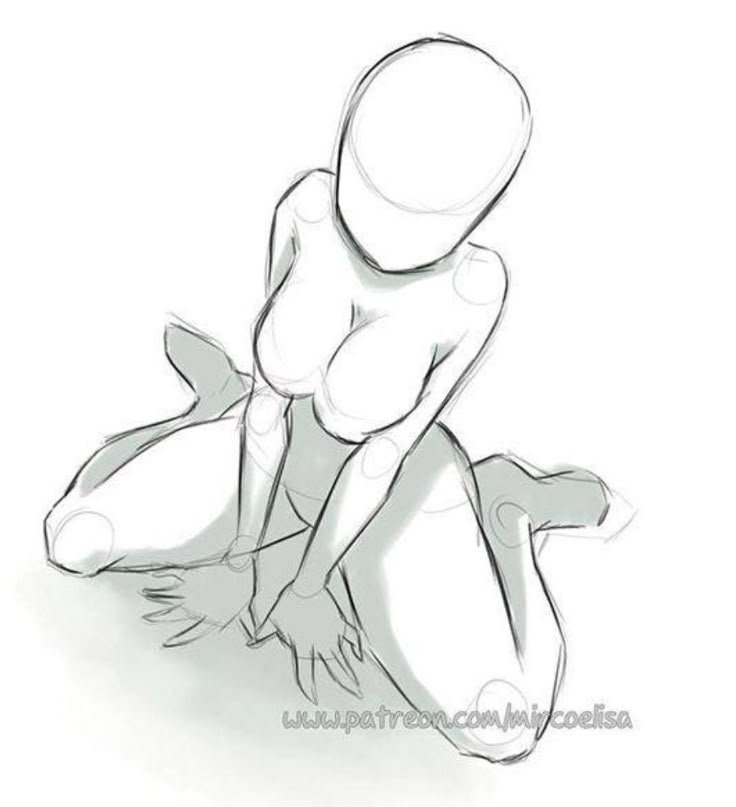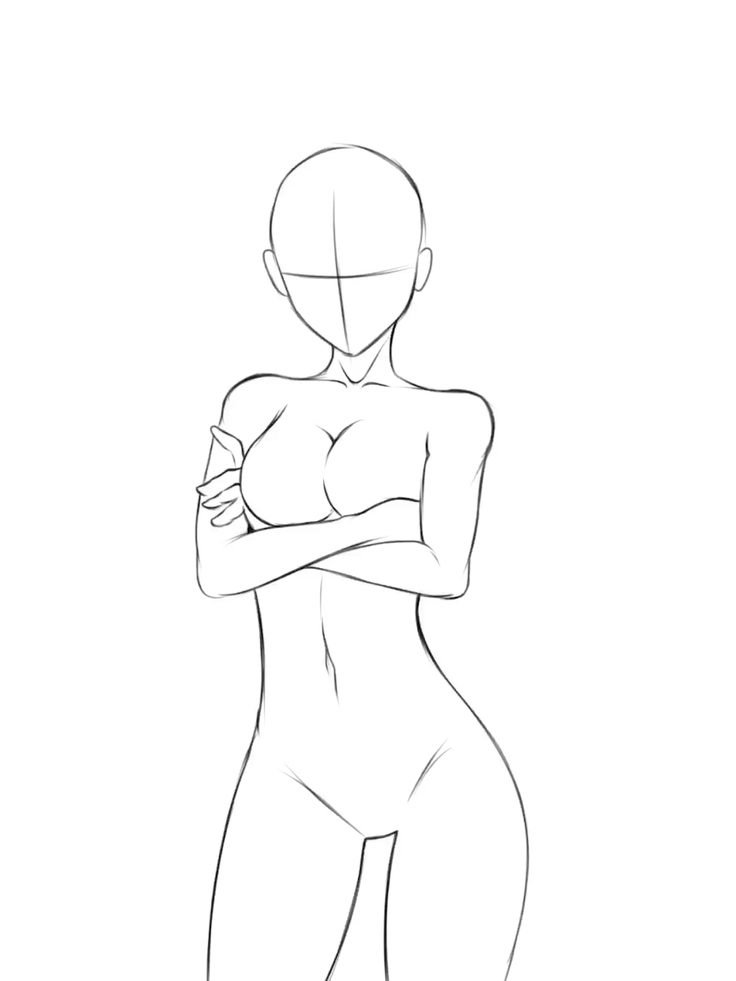In the ever-evolving world of self-expression, body art remains one of the most personal and impactful ways to display individuality, beliefs, and creativity. While tattoos and piercings often steal the spotlight, the realm of body art is vast and deeply layered — combining ancient traditions, modern aesthetics, and even futuristic technologies.
In this article, we’ll explore the various forms of body art, their meanings, and what they say about us in today’s society.
1. Tattoos: Permanent Stories Etched in Skin
Tattoos have transcended stigma and become mainstream art. Each tattoo, whether it’s a name, symbol, animal, or abstract design, often tells a story — a visual journal of pain, love, or transformation.
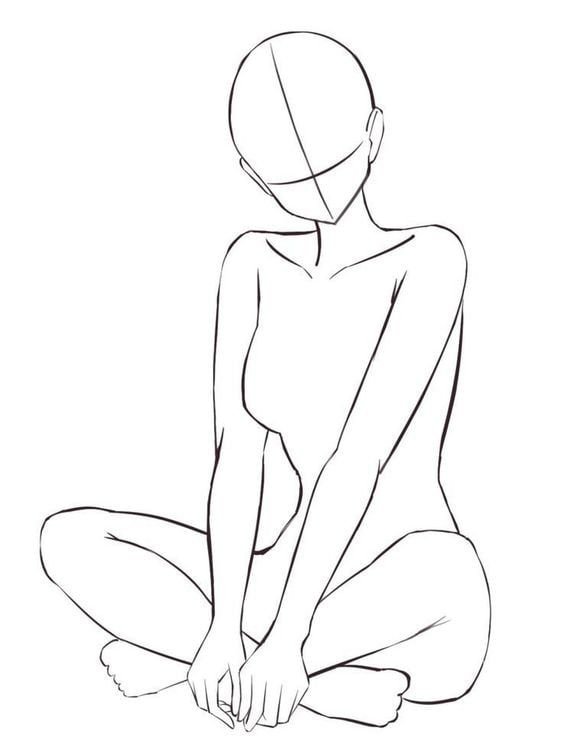
Popular Tattoo Styles:
- Traditional/Old School – Bold lines, primary colors, iconic themes (e.g., anchors, roses).
- Realism – Hyper-detailed portraits and objects that look 3D.
- Tribal – Rooted in cultural identity; bold, black symmetrical designs.
- Minimalist – Clean, simple, and symbolic.
- Watercolor – Looks like a painting splashed on the skin.
Tip: Always research your tattoo design and its cultural significance. Some symbols may hold sacred or historical meanings that deserve respect.
2. Piercings: Beyond Fashion
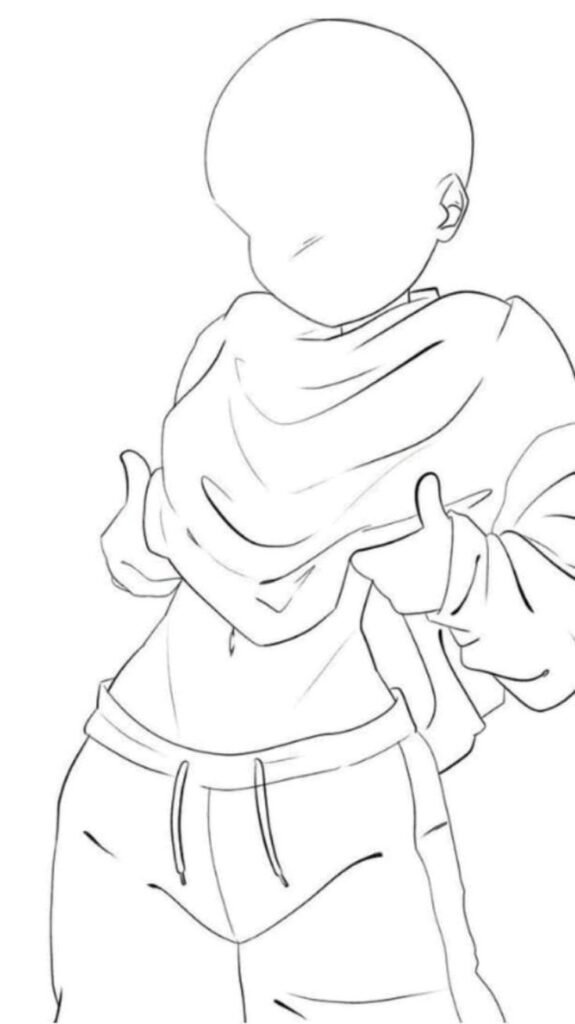
Body piercings range from ear lobes to more adventurous placements like septum, eyebrow, navel, tongue, and dermal piercings. Though often seen as fashion statements, piercings can be spiritual, ritualistic, or identity-based.
Cultural Spotlight:
- In many African tribes, lip plates and large gauge earrings are signs of beauty and strength.
- In India, nose piercings are often part of wedding traditions and are believed to enhance fertility and honor goddess Parvati.
Modern piercings now incorporate high-end jewelry, from titanium studs to diamond dermals, blending tradition with luxury.
3. Body Painting and Henna: Art for Occasions
Body painting is a temporary yet powerful form of body art often used in festivals, theater, cosplay, or cultural rituals.
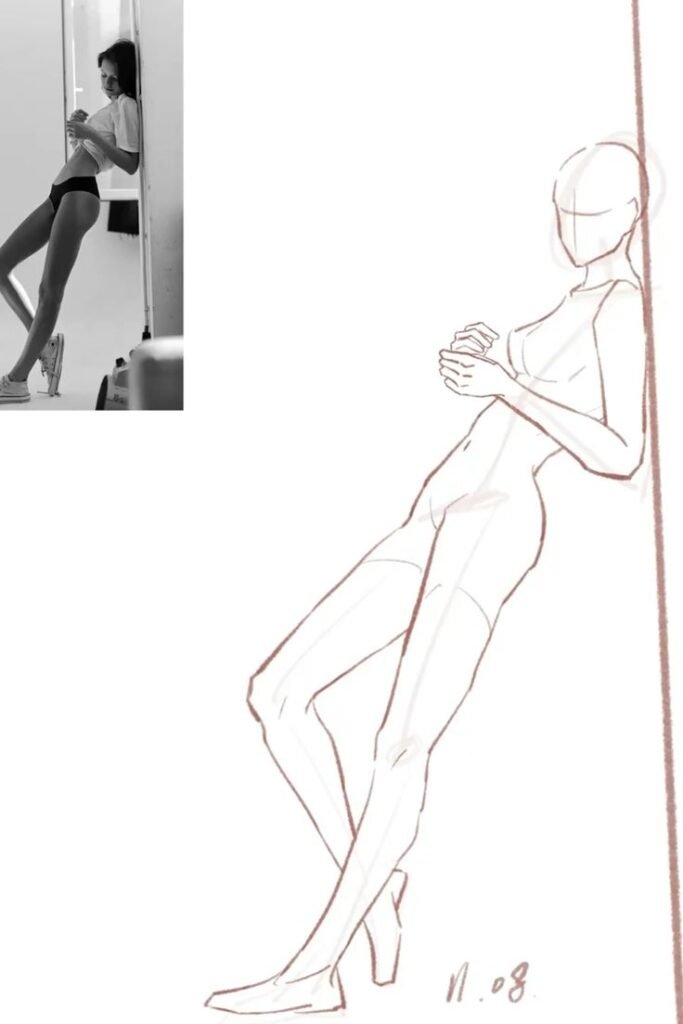
- Henna (Mehndi) is widely used in South Asia, the Middle East, and North Africa, especially during weddings and festivals like Eid or Diwali.
- Henna designs often symbolize joy, fertility, and spiritual awakening.
Body painting, on the other hand, is also a strong element in performance art — where the human body becomes the stage itself.
4. Scarification and Branding: Sacred and Painful Beauty
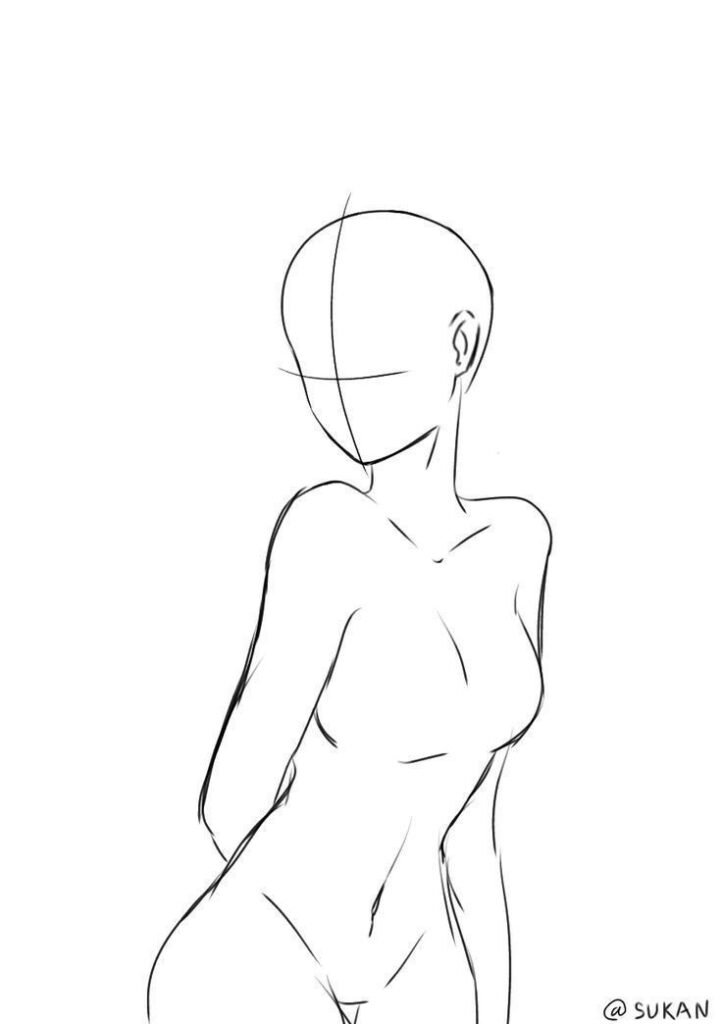
While not commonly seen in the West, scarification is a form of ritual body art practiced in some African, Australian Aboriginal, and Papua New Guinean cultures.
It involves cutting or etching patterns into the skin, forming raised scars that can represent tribal affiliation, status, or rites of passage.
To the outsider, it may appear painful or extreme, but to many cultures, it’s a badge of strength and belonging.
To the outsider, it may appear painful or extreme, but to many cultures, it’s a badge of strength and belonging.
5. Cosmetic Body Art: The New Normal
Today, body art is increasingly used for enhancement or correction — giving rise to cosmetic procedures that blend beauty with practicality.

- Microblading – A form of semi-permanent eyebrow tattooing.
- Freckle tattoos – A trend where people add natural-looking freckles to their face.
- Lip blushing – Enhances the shape and color of lips with pigment.
These procedures offer a confidence boost while still falling under the creative umbrella of body art.
6. Biohacking and Futuristic Body Modifications
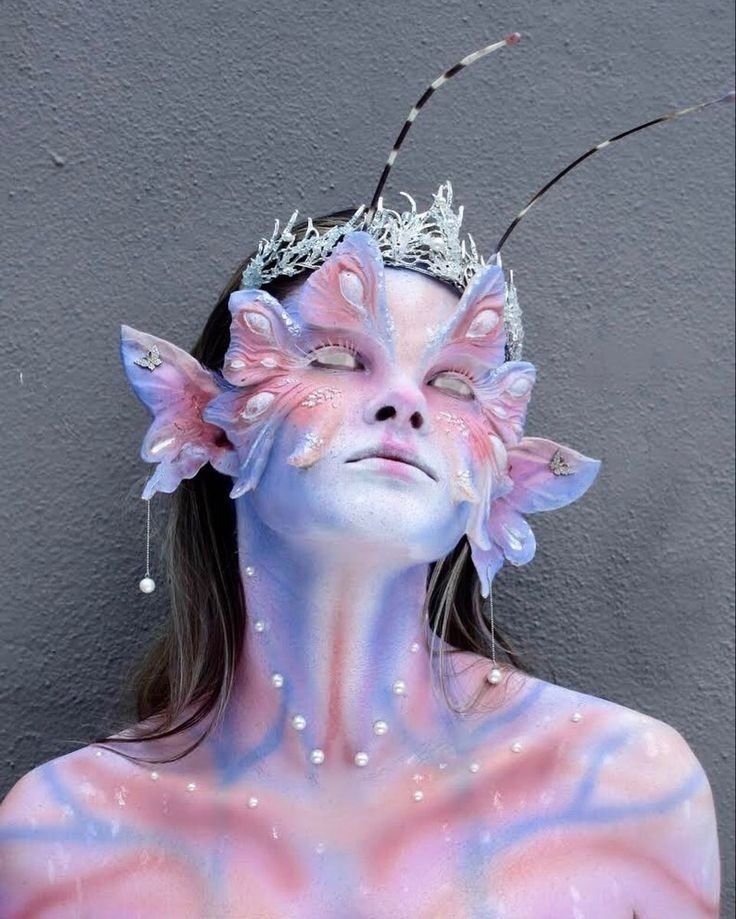
We’re now seeing a bold fusion of body art with technology. Known as biohacking, this includes:
- RFID/NFC chips implanted under the skin.
- Magnetic implants that allow people to feel electromagnetic fields.
- LED body modifications that glow beneath the skin.
This pushes the boundary of what body art can be — from spiritual and symbolic to interactive and functional.
Final Words: Your Body, Your Canvas
Whether it’s a minimalist tattoo, a tribal piercing, or a high-tech implant, body art is a deeply personal journey. It’s your canvas — a space where identity, beliefs, emotions, and culture merge.
In a world where trends come and go, body art remains timeless — a universal language of self-expression that continues to evolve with us.
In a world where trends come and go, body art remains timeless — a universal language of self-expression that continues to evolve with us.



